#JapaneseSportsCars
Junkyard Find: 1993 Mazda MX-5 Miata
The Mazda Miata has been with us for well over three decades, becoming the best-selling two-seat sports car in history along the way. Miatas were popular as quasi-sensible commuter cars in North America well into our current century, which means that I should have been seeing at least a couple in every junkyard I’ve visited for at least the last 15 years. In fact, I still see many more discarded MGBs and Fiat 124 Sport Spiders than I do Miatas, so this reasonably intact ’93 in Crystal White paint caught my attention immediately (naturally, there was an ’81 Fiat Spider 2000 a few rows away).
Junkyard Find: 1980 Datsun 280ZX
Nissan sold the 280ZX version of the famed Z-Car here for the 1979 through 1983 model years, right up to the end of the Datsun era and the start of the “Name Is Nissan” period we’re in today. These cars don’t have the maniacal following of their 240Z/ 260Z/ 280Z predecessors but sold well when new, so I find the 280ZX to be reasonably easy to find in the big California car graveyards I frequent. Here’s a well-equipped ’80 in Alpine White paint, showing off its T-tops in a San Francisco Bay Area yard a few years back.
Junkyard Find: 1996 Subaru SVX
One great thing about living in Colorado, where new residents are issued a dog and a Subaru when they arrive, is that I can find examples of just about every Subaru model sold here since the late 1970s in the local car graveyards. That means that I have plenty of opportunities to observe the gloriously weird SVX, once its street days are finished.
Junkyard Find: 1980 Toyota Celica Supra
In 1970, Toyota introduced the world to a pair of cars based on a new platform: The Carina sedan and the Celica sports coupe. The Carina was sold in the United States for just the 1972-73 model years and disappeared without a trace, but its Mustang-resembling Celica sibling proved to be a big sales hit on this side of the Pacific. With their truck-appropriate four-cylinder R engines, though, those U.S.-market Celicas of the 1970s were slow and tended to sound like a Hilux groaning up a mountain pass in Waziristan with a load of 15 Red Army-battling mujahideen fighters. So, Toyota widened and lengthened the second-generation Celica, yanked out the truck mill, and dropped in a straight-six. Thus was the Celica XX born in 1978, and when it arrived on our shores in the following year, it had a new name: Celica Supra!
2021 Mazda MX-5 Upgrades, Pricing Announced
The Mazda MX-5 is the automotive embodiment of ‘if it ain’t broke don’t fix it.’ Despite having gone through several generations since its debut in 1989, the Miata has remained remarkably consistent. But the industry believes there’s a subset of motorists who absolutely cannot live without vehicular connectivity and active safety technologies, even on a petite roadster that’s supposed to be focused on entirely on driver engagement.
This is why Mazda sells the luxury-oriented Grand Touring trim and has decided to continue sprucing it up for the 2021 model year. Though we cannot say this makes it the best option for everyone.
Junkyard Find: 2001 Toyota MR2 Spyder
Junkyard Find: 2003 Nissan 350Z Coupe
These days, I find many discarded Nissan Z-Cars from the 280Z through 300ZX eras, with the occasional 240Z or 260Z thrown in to add variety. 350Zs, though, have retained sufficient value to evade the high-inventory-turnover self-service yards where I get most of my Junkyard Finds… until now. Just as BMW Z3s and Mazda RX-8s began showing up in these yards a couple of years back, the 350Z’s time in the U-Wrench-It yards has come.
Here’s the first (but not the last) of the 350Zs to appear in my local U-Pull-&-Pay yard in Denver.
Junkyard Find: 1995 Dodge Stealth R/T
Chrysler started selling Dodge-badged Mitsubishis all the way back in 1970, then built plenty of Mitsubishi products in North America under the Diamond-Star Motors flag later on. The Mitsubishi GTO (sold as the Mitsubishi 3000GT and Dodge Stealth on this side of the Pacific) was built in Aichi Prefecture, Japan, and was one of the more interesting sports cars of the 1990s.
Here’s a 1995 Stealth R/T, photographed in a San Francisco Bay Area self-service wrecking yard.
Junkyard Find: 1989 Toyota Corolla GT-S
Junkyard Find: 1986 Toyota Celica GT Coupe
Five Years on, Scion FR-S/Toyota 86 Has Few Buyers Left, But Still There's a Comparison Test Win up Its Sleeve
Five years have passed since the Scion FR-S — known elsewhere as the Toyota GT86 and known now in America as the Toyota 86 (and at Subaru as the BRZ) — arrived in America. Buyers, never particularly numerous to begin with, are few and far between. Toyota now sells 62 percent fewer Toyota 86s in America than the Scion FR-S managed during its first year.
You expect to see sports cars peak early and then gradually fade. The degree to which the Toyota 86 née Scion FR-S has faded, however, has been more than a little striking. FR-S/86 sales have fallen so far, so fast, that U.S. car buyers are now ten times more likely to acquire a new Chevrolet Camaro, three times more likely to acquire a new Volkswagen Golf GTI, and twice as likely to acquire a new Mazda MX-5.
But is the Toyota 86 deserving of such rejection? Not according to a just-completed CAR Magazine comparison test in which the five-year-old Toyota claimed victory — ahead of the Mazda MX-5 RF and BMW 2 Series.
Junkyard Find: 1986 Toyota MR2
The Toyota MR2 has always been a somewhat rare Junkyard Find, partly because not many were sold in the first place, and partly because the surviving examples tend to be cherished by MR2 enthusiasts. Here’s a solid ’86 that showed up in a Denver self-service wrecking yard a couple of weeks back.
Junkyard Find: 1981 Datsun 280ZX 2+2
The Datsun 280ZX was sold in the United States for the 1979 through 1983 model years, and many a line of cocaine was sniffed inside these cars during their heyday as affordable sports cars. The 280ZX still shows up regularly in California wrecking yards, but most of them go unphotographed as I continue seeking out the really rare stuff. However, since I’ve never included a 280ZX in this series, and this one in the San Francisco Bay Area was an especially ugly rare 2+2 version, I decided to photograph it.
Junkyard Find: 1988 Nissan Pulsar NX
The second-generation Nissan Pulsar NX (known as the Nissan EXA outside of North America) was a cheap, mildly sporty two-seater that never sold as well as the Honda CRX or even the Ford EXP. In this series, we’ve seen this Colorado ’87 and this California ’89, and now we have a rusty ’88 in the weeds at the edge of a Wisconsin yard.
Junkyard Find: 1980 Plymouth Arrow
Chrysler imported and rebadged quite an assortment of Mitsubishis during the gloomy years of the Malaise Era, and we have seen a good sampling of those cars in this series so far. There was the Mitsubishi Colt Galant aka Dodge Colt, the Mitsubishi Galant Lambda aka Plymouth Sapporo/Dodge Challenger, and the Mitsubishi Mirage aka Plymouth Champ, among others.
The Mitsubishi Lancer Celeste aka Plymouth Arrow was never a big seller, but this one managed to outlive nearly all of its brethren, only washing up at this Northern California self-service yard after 36 years.




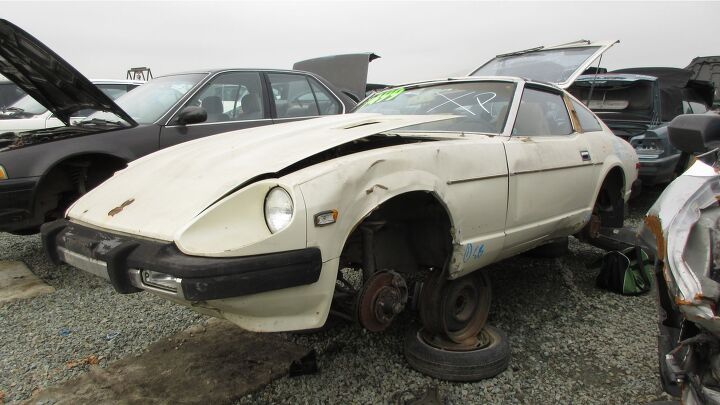
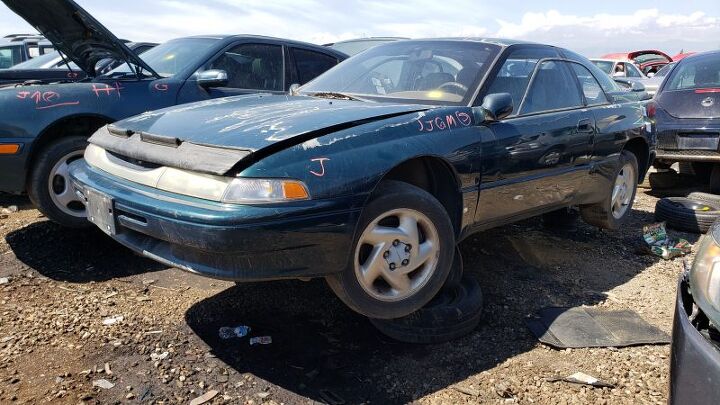
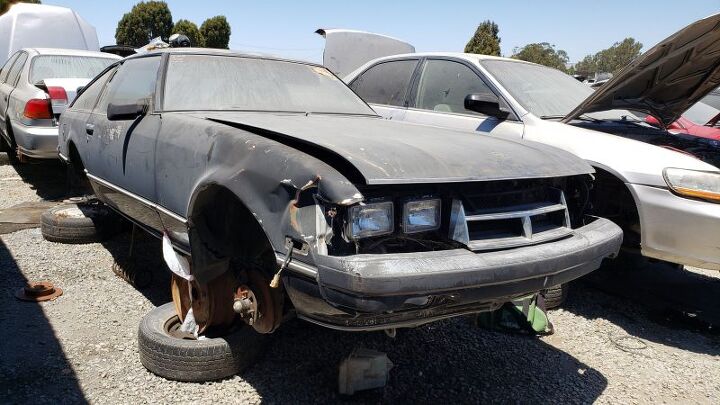
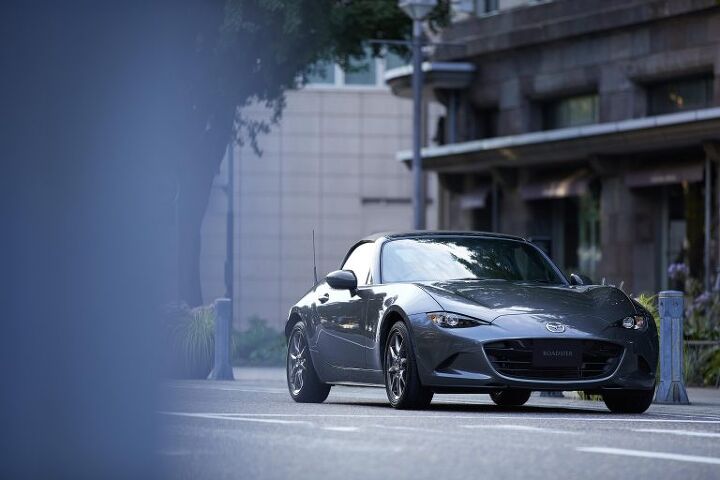

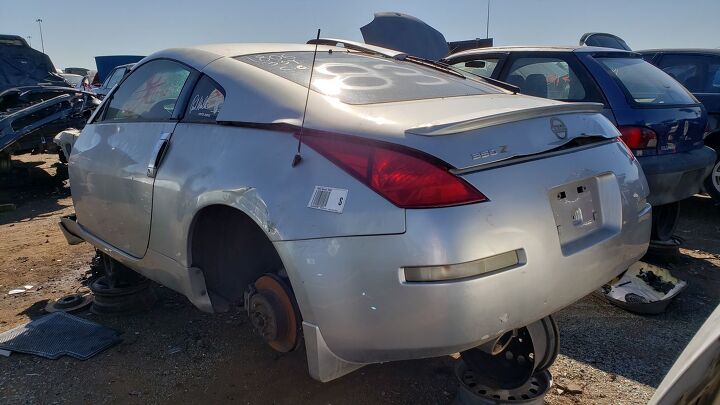
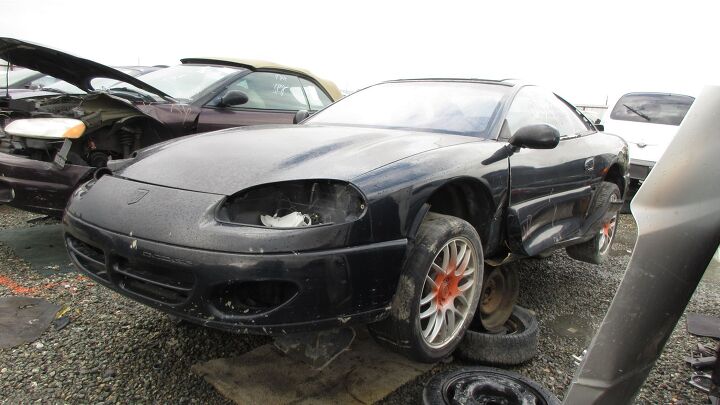
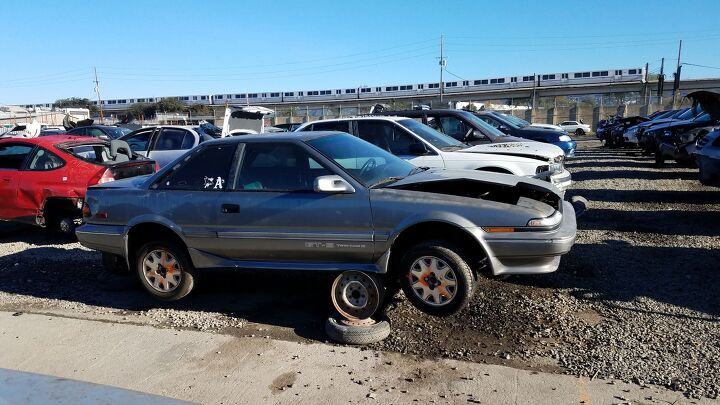
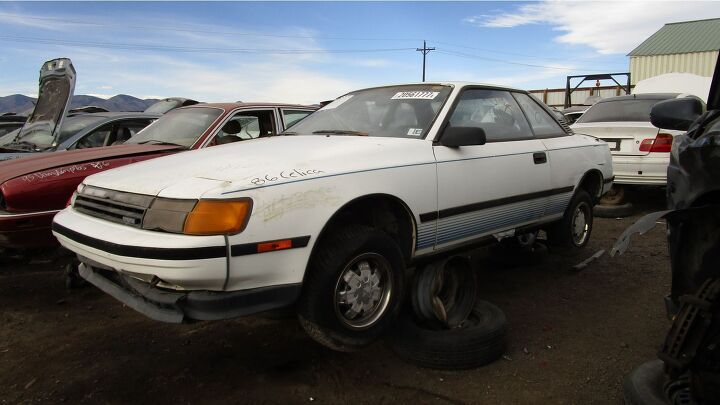



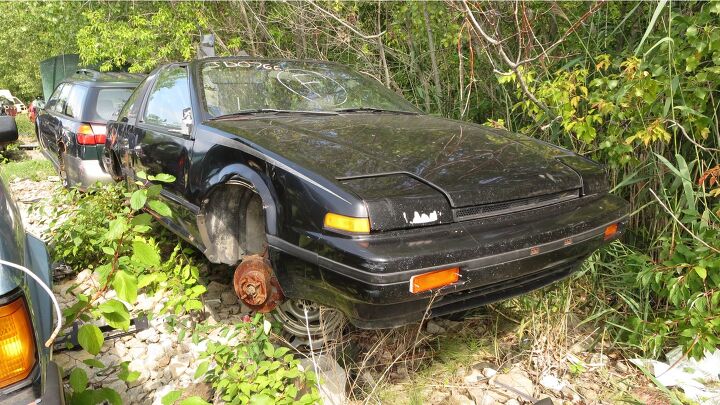
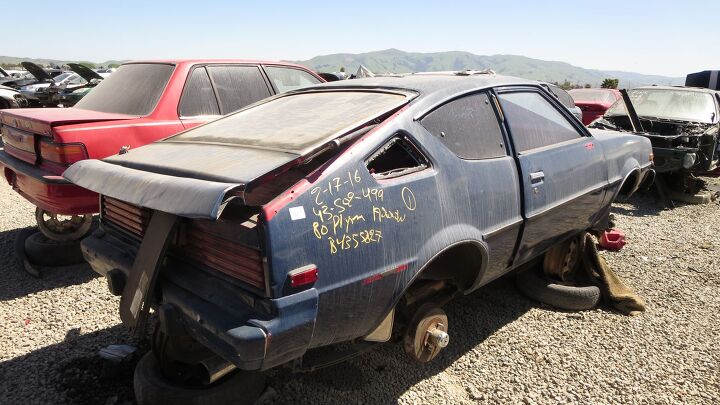












Recent Comments